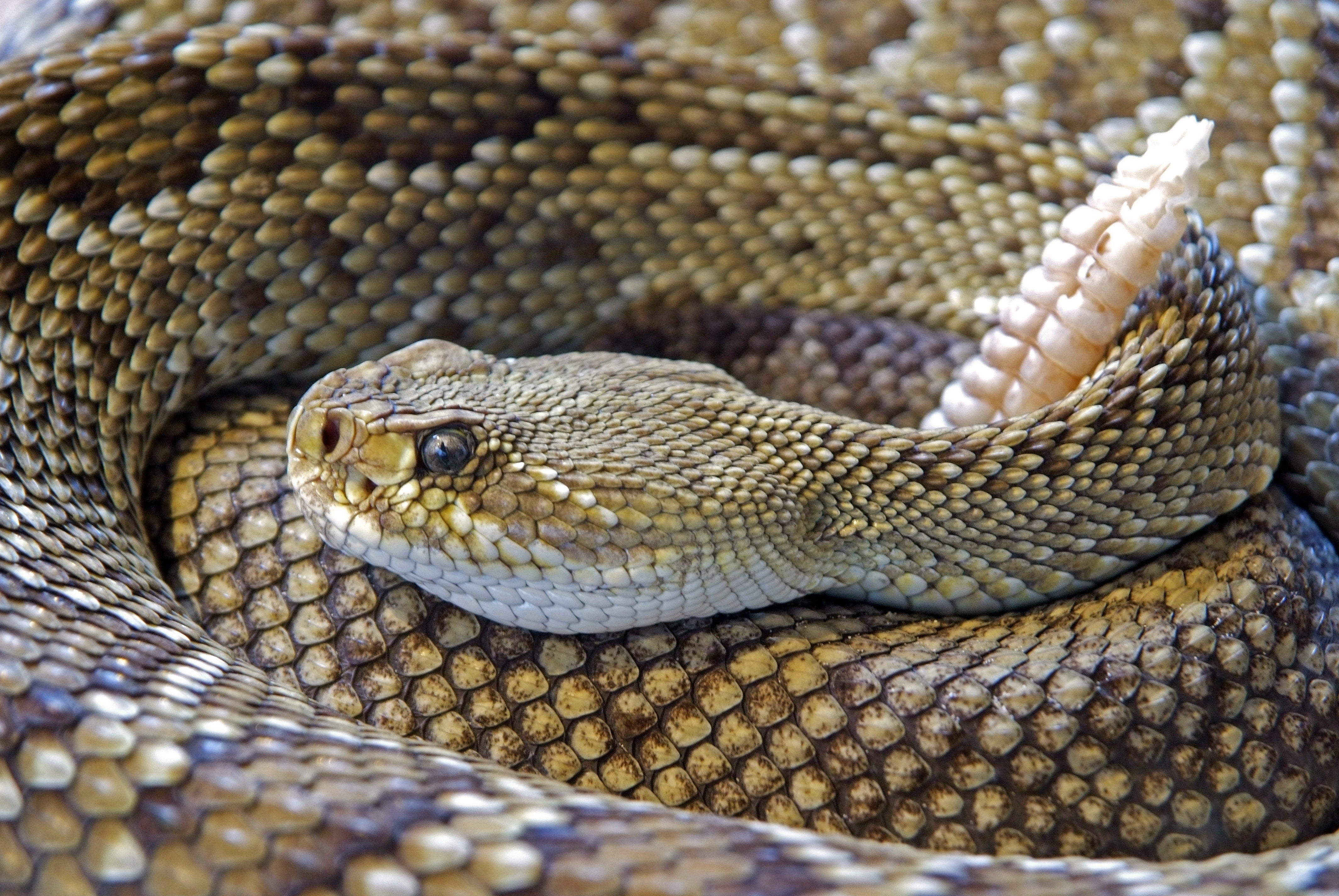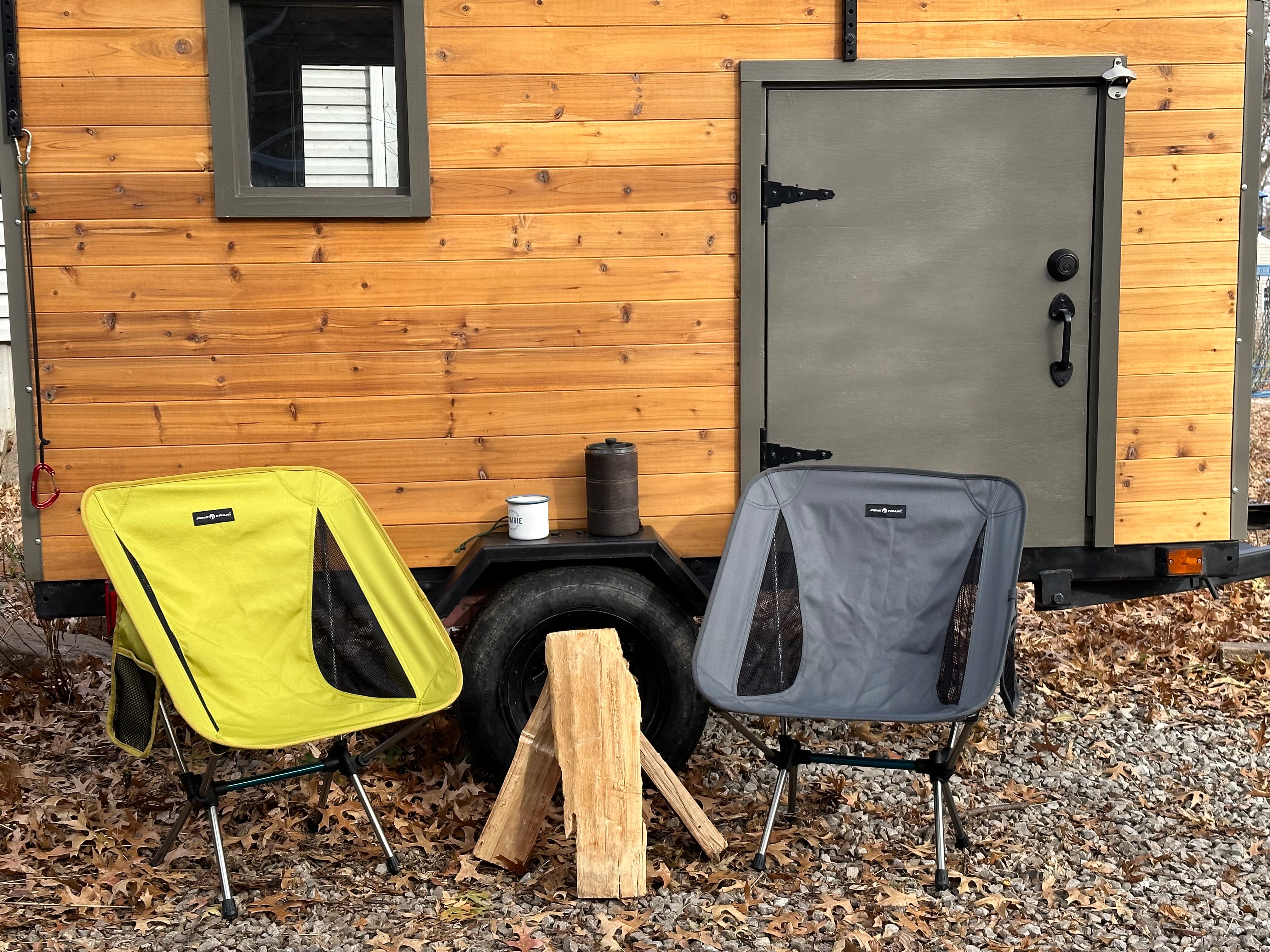Hiking is a wonderful way to connect with nature, but it's important to be aware of potential hazards, such as venomous snakes. In the United States, there are several species of venomous snakes that hikers should watch out for, including rattlesnakes, copperheads, and cottonmouths. In this article, we'll discuss these venomous snakes and provide some emergency first aid tips and first aid snake bite kits to help keep you safe on your next hiking adventure.
Rattlesnakes:
Rattlesnakes are one of the most well-known venomous snakes in the United States. They are found in almost every state and prefer dry, rocky habitats. Rattlesnakes are identified by the distinctive rattle on their tail, which they use to warn predators and humans alike. If you hear a rattling sound, it's important to back away slowly and give the snake plenty of space.
Copperheads:
Copperheads are a type of pit viper found in the eastern and southeastern United States. They are often found in wooded areas and prefer to hide under rocks and logs. Copperheads are named for their copper-colored head and are known for their camouflage, which makes them difficult to spot.
Cottonmouths:
Cottonmouths, also known as water moccasins, are another type of pit viper found in the southeastern United States. They prefer to live near water, such as swamps, lakes, and streams. Cottonmouths are named for the white, cotton-like lining in their mouths, which they display when threatened.
Emergency first aid tips:
If you are bitten by a venomous snake, it's important to seek medical attention immediately. However, there are a few steps you can take before medical help arrives to minimize the effects of the venom.
-
Stay calm and still: Moving around can cause the venom to spread more quickly through your body. Try to stay as still as possible.
-
Remove any constricting clothing or jewelry: Venomous snake bites can cause swelling, so it's important to remove any tight clothing or jewelry that could constrict blood flow.
-
Wash the bite area: Use soap and water to clean the bite area, but do not use alcohol or other disinfectants, as they can make the venom spread more quickly.
-
Keep the affected area below heart level: This can help slow the spread of venom.
-
Seek medical attention: Call 911 or go to the nearest hospital as soon as possible.
First aid snake bite kits:
There are several snake bite kits available on the market, but it's important to note that they are not a substitute for professional medical care. However, they can be useful in emergency situations where medical help is not immediately available.
One snake bite kit that we recommend is the Sawyer Products Extractor Pump Kit. It includes a pump that can be used to remove venom from a snake bite, as well as other insect bites and stings. www.sawyer.com
Pike Trail Snake Gaiters:
Prevention is key when it comes to snake bites, and one way to prevent them is by wearing snake gaiters. Snake gaiters are a type of leg armor that covers your lower legs and ankles, protecting them from snake bites. One brand we recommend is the Pike Trail Snake Gaiters, which are made from durable materials and feature adjustable straps for a snug fit. www.piketrail.com
In conclusion, venomous snakes are a potential hazard for hikers in the United States, but with awareness and the right gear, you can minimize your risk of a snake bite. If you do get bitten, stay calm, follow the emergency first aid tips, and seek medical attention immediately. And don't forget to wear snake gaiters for an extra layer of protection.






